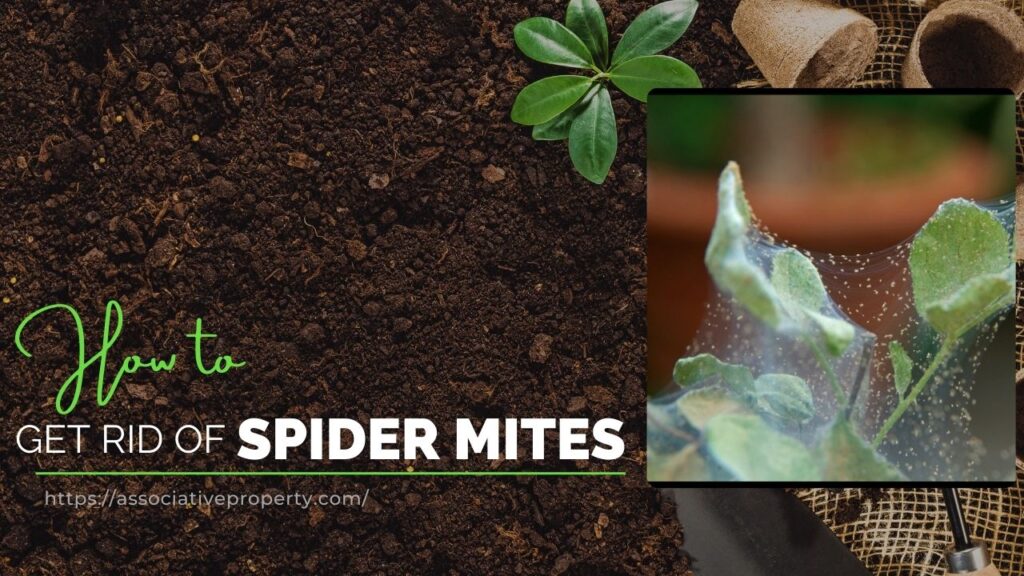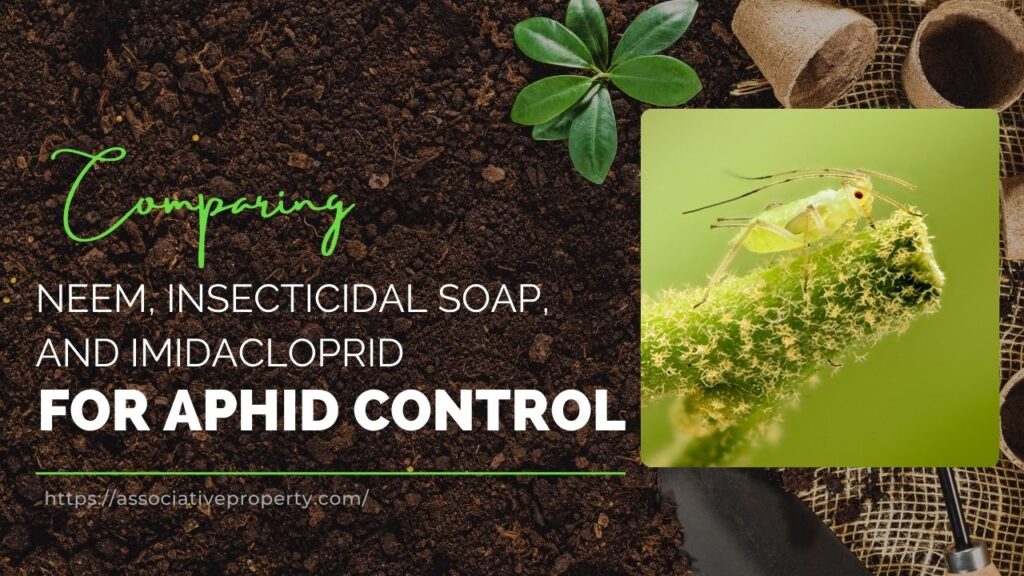In this blog, I’ll be sharing something incredibly useful for anyone who loves gardening or natural DIY solutions. We’re going to walk through how to make neem oil at home, and then I’ll show you how to turn that oil into a natural insecticide spray for your plants.
Neem oil has become one of my go-to ingredients, whether it’s for skincare recipes, hair treatments, or, in this case, natural gardening solutions. So let’s begin!
Part 1: How to Make Neem Oil at Home
I use Neem leaves, scientifically called Azadirachta indica and locally known as Dunguyaru in the Yoruba language. These leaves are powerful and commonly used with other herbs to help with fever, but they’re also great for general wellness, skincare, and haircare.
To make neem oil, I use two methods: the hot press method and the cold press method. Here’s a detailed look at both.
Step 1: Prepare the Neem Leaves
- I start by plucking fresh neem leaves.
- I blend them into a fine powder using a grinder.
- Then, I divide the powder into two parts, one for the hot press and the other for the cold press.
🌡️ Hot Press Method
What You Need:
- Neem leaf powder (half portion)
- Olive oil
- Stainless steel plate or pan
- Double boiler
- Strainer (and optional fine cloth)
What I Do:
- I transfer the powder into a stainless steel plate.
- Using a double boiler, I gently heat it for about 1 hour. This helps the olive oil absorb the nutrients.
- Once done, I strain the oil using a fine mesh strainer.
- To remove tiny particles, I sometimes strain it again using a fine cloth.
This gives me the hot-pressed neem oil, ready for use.
❄️ Cold Press Method
What You Need:
- Remaining neem powder
- Olive oil
- Glass jar with lid
- Strainer and fine cloth
Steps I Follow:
- I pour the neem powder into a jar.
- Then, I add enough olive oil to fully cover the powder.
- I shake the jar well and leave it to sit for 4 days to 1 week.
- After the wait, I strain it to get my cold-pressed neem oil.
Personally, I prefer this method because it retains more nutrients. It takes a bit longer, but the results are worth it.
Comparison Table: Hot Press vs. Cold Press
| Feature | Hot Press Method | Cold Press Method |
|---|---|---|
| Heat | Yes – Double boiled for 1 hour | No heat involved |
| Time | Faster – About 1 hour | Slower – 4 to 7 days |
| Nutrient retention | Lower due to heat | Higher preservation |
| Ease of use | Needs stove and supervision | Simple jar method |
| My Preference | Good for quick results | Preferred for better quality |
Related: Comparing Neem, Insecticidal Soap, and Imidacloprid for Aphid Control
Part 2: How to Make a Natural Neem Oil Spray for Plants
Now that we have our homemade neem oil, let’s talk about turning it into a natural insecticide spray. I’ve used this in my garden and it works wonders against plant-eating insects.
Neem oil works against over 200 types of phytophagous insects (the ones that feed on your plants), including:
- Aphids
- Tomato hornworms
- Grasshoppers
- And many more!
Why Make It at Home?
When you make neem oil spray at home:
- You control the strength (store-bought versions are usually weaker).
- It’s cost-effective.
- You’re using natural ingredients, without additives.
Ingredients You’ll Need
- Neem oil (Use your homemade oil or buy cold-pressed, 100% pure neem oil)
- Water (1 quart = 4 cups)
- Liquid dish soap (acts as an emulsifier)
Recipe: Neem Oil Spray
| Ingredient | Quantity |
|---|---|
| Neem oil | 1.5 teaspoons per quart of water |
| Liquid dish soap | 0.5 teaspoon |
| Water | 1 quart (4 cups) |
How I Make It:
- I pour 1.5 teaspoons of neem oil into 1 quart of water.
- Since oil and water don’t mix, I add half a teaspoon of dish soap.
- This soap acts as an emulsifier, helping the neem oil blend evenly with water.
- I shake the mixture thoroughly for a few seconds.
Note: If you want a stronger mix, you can go up to 2 teaspoons of neem oil per quart. But don’t overdo it, too much can burn your plants.
How to Use the Spray?
- Spray generously on all leaf surfaces, including the undersides.
- Apply in the early morning or late afternoon, never in direct sunlight to avoid leaf burns.
- Use once every 2 to 4 weeks as a preventative treatment.
Tip: Use a non-transparent spray bottle to protect the neem oil from breaking down in sunlight.
Important Cautions
- Neem oil has a strong smell, so mix it in a well-ventilated area.
- Always test on a small portion of the plant first.
- Wait 24 hours, if there’s no reaction, go ahead and spray the entire plant.
- Store leftover spray in a cool, dark place.
Final Words
And there you have it, a complete guide on how to make neem oil from scratch at home and turn it into a powerful, natural plant spray. I love using neem oil not only for its versatility but also because it’s an eco-friendly alternative to chemical pesticides.
You can either use the homemade neem oil as I showed you above, or purchase pure, cold-pressed neem oil online or at garden stores, just make sure it’s high quality and unrefined.
I hope this guide helps you create a healthier garden naturally. Let me know which method you tried and how it worked out in the comments!


